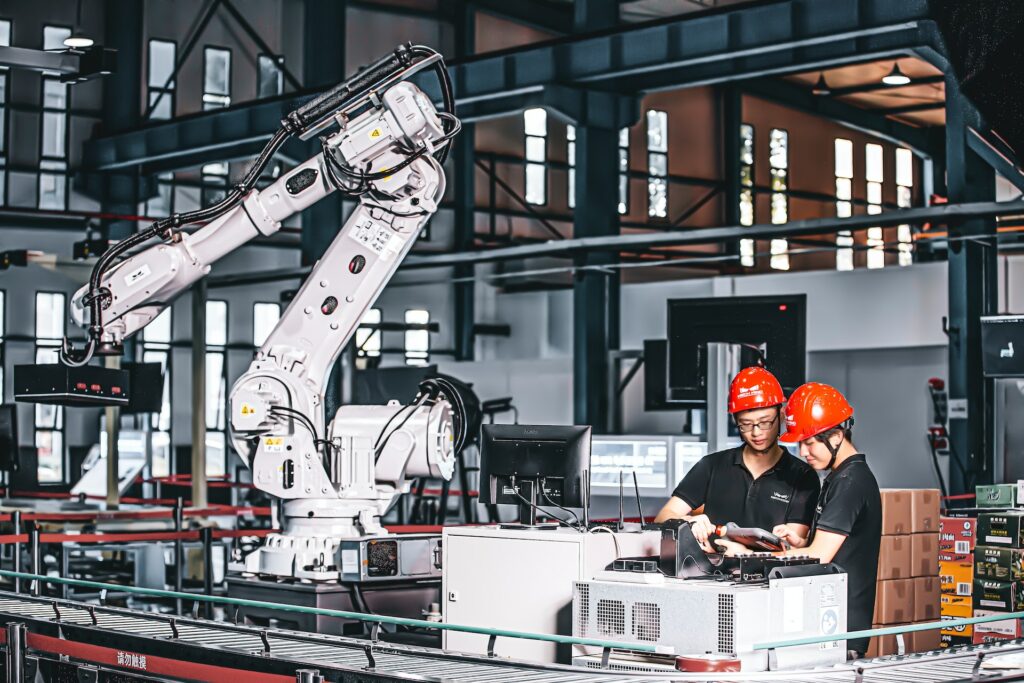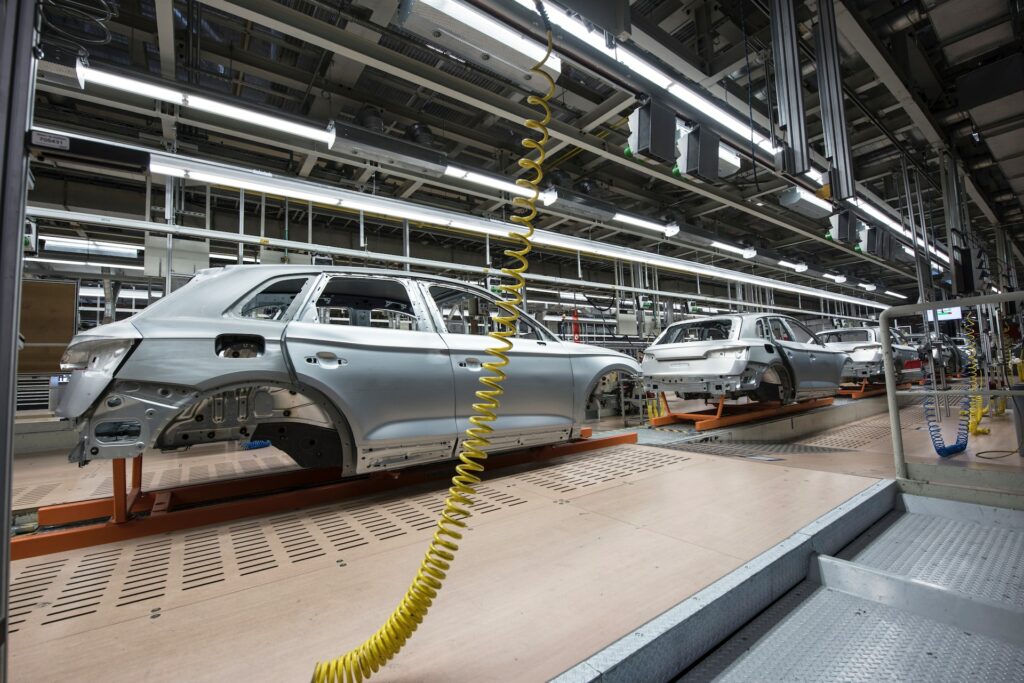The tolerance limit is the maximum allowable deviation from the standard in quality control. It is the point at which a product is considered defective and must be either reworked or scrapped altogether. This limit is set through a process of sampling and testing, and it helps to ensure that products leaving the factory are of consistently high quality. Refer to Acceptance Quality Limit (AQL) in this article.

What Tolerance Limit Is And How It’s Used In Quality Control
Establishing a tolerance limit is an imperative component of quality control as it guarantees that products adhere to certain guidelines. By setting limitations on deviations from the standard, producers can avoid producing substandard items that fail to meet customer expectations. Furthermore, having this set boundary helps guarantee product consistency – all goods produced have the same caliber and consequently ensures client satisfaction.
By analyzing a few products from each batch, sampling and testing enable manufacturers to accurately set the tolerance limit. This process not only guarantees that the quality of their product meets customer expectations but also prevents entire batches from being designated as defective due to one or two items failing the standard. Through these measures, producers can confidently provide an item of excellent craftsmanship for customers around the world.

How To Set The Tolerance Limit For A Product
When deciding upon a tolerance limit for any item, it’s important to factor in its intended purpose. The amount of variance permissible can differ based on the product; something meant for bodily use must be manufactured with more precision than something as simple as a T-shirt. Therefore, one has to consider what sort of object they are creating when setting the limits of their production process.
Manufacturers also need to take into account the production process. The tolerance limit of a product needs to be adjusted based on the machines and laborers working with it, as too tight limits will lead to an unachievable or impossible outcome, while overly loose ones can compromise quality. Getting this balance is crucial for ensuring products meet their expected standards.
Furthermore, to determine a product’s tolerance limit, it must go through the necessary screening process. This involves taking several products and testing them against predetermined criteria. If they meet the desired standard, then that level is set as their official tolerance limit; if not, any faulty items will be reworked or thrown out completely.

The Benefits Of Using Tolerance Limit In Quality Control
Establishing a tolerance limit is key to guaranteeing the excellence of products that emerge from the factory. By setting a boundary for allowable discrepancy from the benchmark, factories can guarantee their goods attain and maintain an exceptional quality—safeguarding both their reputation as well as customers’ satisfaction with purchases.
In addition, tolerance limit also facilitates better planning and organization within factories. When workers are aware of the acceptable range for variation, they can be prepared to tackle any imperfections that could crop up. This ensures a more streamlined and efficient production process – which then produces higher-quality products! With such positive outcomes, tolerance limits are an invaluable asset when it comes to optimizing business operations.
Overall, establishing a tolerance limit is an effective measure to guarantee the quality of products being produced. Having specific limits on fluctuations helps factories craft items that are constantly up to high standards, which naturally benefits both their enterprise and its consumers.

How Tolerance Limit Ensures That Products Leaving The Factory Are Of A Consistently High Quality
Quality control is paramount to a successful business, and with that, setting a tolerance limit is key. Allowing only limited variation ensures fewer products will need to be revised or discarded in the supply chain – resulting in more efficient operations and higher profits. Establishing this threshold not only creates cost savings but also increases customer satisfaction by providing consistent quality assurance.
Setting a tolerance limit is essential for ensuring product quality, yet it isn’t the only component that contributes to overall excellence. Design, materials, and manufacturing processes also influence in this regard. Nevertheless, by creating clear-cut standards of variation with predetermined parameters companies can guarantee that their products reach an acceptable degree of superiority.
In conclusion, tolerance limit is a critical element for maintaining the quality of products. By establishing an upper bound on how much variation from the standard is allowed, businesses can reduce the number of faulty items that enter circulation. This enables them to guarantee that all items sent out are consistently excellent.

Common Applications Of Tolerance Limit In Quality Control At Manufacturing And Other Industries
Achieving consistent quality across industries is vital, and tolerance limits are essential for accomplishing this. Medical sectors particularly depend on these restrictions to ensure that implants and other devices meet safety prerequisites; if their range of tolerances is too broad it could lead to life-threatening consequences. Therefore, tolerance limits have become indispensable in numerous businesses all around the world.
In the food industry, tolerance limits are vital for assuring safety from food poisoning. By establishing maximum tolerances for items like bacterial levels and chemical pollutants, producers can guarantee that their goods are consumable. Even a slight fluctuation outside of the designated limit could make all the difference between an edible product and one putting your health at risk.
The automotive industry relies on tolerance limits to ensure the quality of parts and materials before they are used in production. If a component fails to meet these standards, it is discarded and not included in the final product; this helps guarantee that automobiles remain resilient even after long periods of use.
Conclusion
Quality control is a crucial element of the manufacturing process, and tolerance limits are an integral component. Setting these servitudes aids in ensuring that the products leaving your factory or business premise meet customer expectations each time; otherwise, you might face dissatisfied customers and plummeting profits as a result. Therefore, it’s essential for manufacturers to set their tolerances properly!




